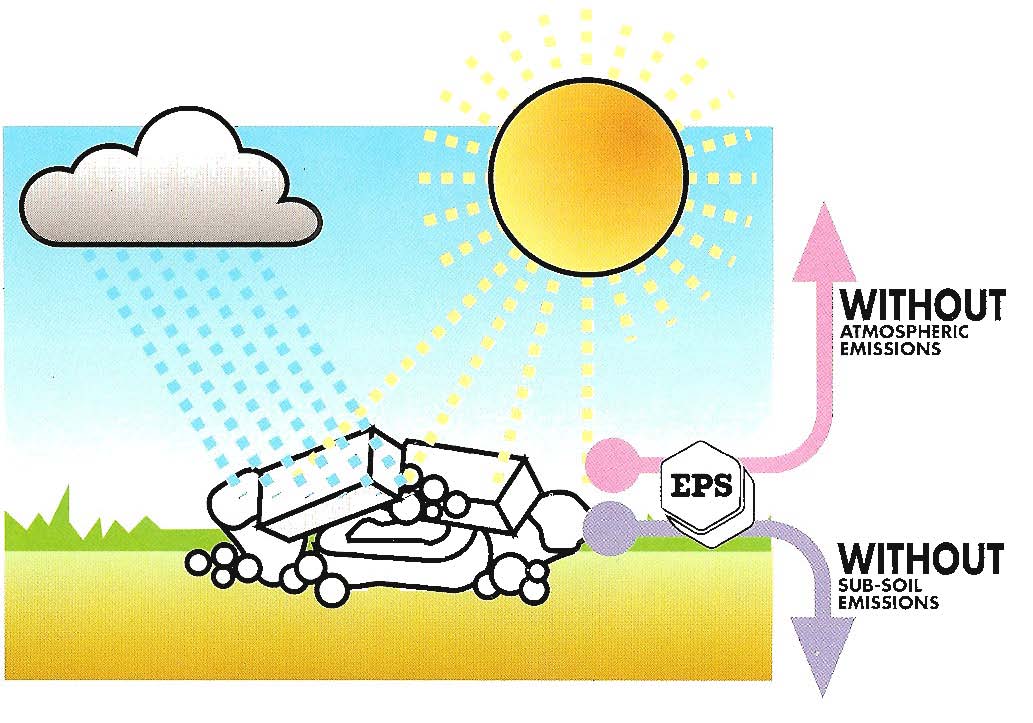|
Biodegradability/Photo-degradability A Landfill is the least desirable option among all the waste management alternatives we have considered up to now. Landfilling means not taking full advantage of natural resources by not valuing the possibilities of the waste for new applications or for extraction of its energy content. But when there is no feasible alternative for recovery, EPS waste can safely end up in landfill since it is biologically Inert, non-toxic and stable. And since it does not decompose, EPS will not contribute to the formation of methane with its corresponding potential for the "greenhouse effects" and neither does it pose any risk (given its inert and stable nature) to subterranean water supplies. Biodegradability and photo-degradability: 
A few years ago it was suggested that plastics could be designed to decompose under the effects of microorganisms or the influence of solar radiation. Unfortunately the degree of biodegradability that could be achieved would be very small in practice. Plastics buried at a landfill do not easily decompose by exposure to light and the conditions at landfills are as inappropriate for microbe activity as they are for degradable materials like newspapers which persist for years. There is also the risk of degradable plastics interrupting the recycling processes if they are carelessly added to recyclable waste flows. On the other hand, we also might not be able to guarantee the quality of products manufactured from this type of degradable plastics.
|